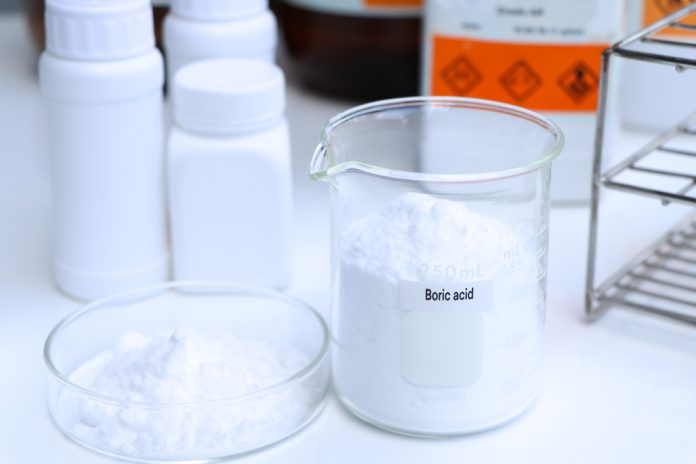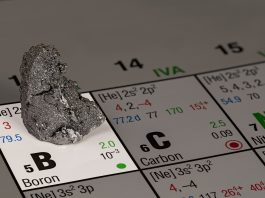5E Advanced Materials, Inc. has announced significant strides in its boric acid production and operational efficiency.
The leading boron and lithium company, with Critical Infrastructure designation by the US government for its 5E Boron Americas Complex, is focused on reaching steady-state boric acid production while identifying opportunities for capital expenditure (CAPEX) and operational expenditure (OPEX) optimisation.
Advancements in boric acid production and customer qualification
In June, 5E Advanced Materials began its customer qualification programme after achieving commercial-grade boric acid production.
To meet customer requirements, the boric acid must have minimal moisture, low impurities, and a specific particle size. Following successful initial production, the company spent 60 days refining its processes to adhere to these standards.
Necessary plant modifications were made based on successful bench trials, resulting in the production of quality boric acid. Initial samples have now been shipped for customer evaluation.
The next phase of customer qualification will necessitate the production of up to 100 tonnes of boric acid for real-world manufacturing testing. This phase is scheduled for Fall 2024.
Recently, the company produced 2,800 pounds of boric acid, moving towards the immediate target production rate of three tonnes per day.
Optimisation of mine plan and resource extraction
The company’s technical report outlines a mine plan involving 841 vertical wells. However, early recovery data and mine planning suggest that horizontal wells could enhance solution flow rates, increase resource contact, and reduce the required number of wells by up to tenfold, significantly cutting CAPEX.
Head grade, which measures the amount of boron in solution fed into the processing facility, has shown impressive results. Historical data from the 1980s indicated an estimated head grade of 3.7%.
However, over the first six months of operation, the head grade ranged between 5.5% and 6.0%, averaging 9,822 ppm boron. This improvement is largely due to mining solutions entering the deposit at 140 degrees Fahrenheit, where higher temperatures drive better head grades.
Efficiency improvements and byproduct opportunities
The company’s technical report anticipates a head grade of 7.0%, a target that remains within reach. Higher head grades require less energy for crystallisation, reducing OPEX.
The technical team is exploring the possibility of further increasing the temperature above 140 degrees to enhance efficiency and reduce energy consumption.
The boron extraction process results in a calcium byproduct due to the colemanite deposits. The current plan expects a gypsum byproduct, which has limited value.
However, the company is evaluating more valuable byproducts, such as calcium chloride and magnesium hydroxide, alongside an anticipated lithium stream.
Magnesium hydroxide, classified as a critical mineral by the United States Geological Survey, is expected to be financially beneficial and further reduce OPEX.
Future plans
With increasing production rates, ongoing customer qualification, and nearing completion of optimisation efforts, 5E Advanced Materials is set to prioritise its FEL2 engineering programme.
This programme, targeting completion in early 2025, includes a capital estimate within +/- 25% accuracy for a 90,000 short tonne per annum facility. The programme will also produce an updated technical report summary and pre-feasibility report.
5E Advanced Materials continues to make notable progress in its boric acid production capabilities, optimising both CAPEX and OPEX.
With a clear path toward enhanced production and customer qualification, the company is poised for significant growth and contribution to the critical minerals sector.









